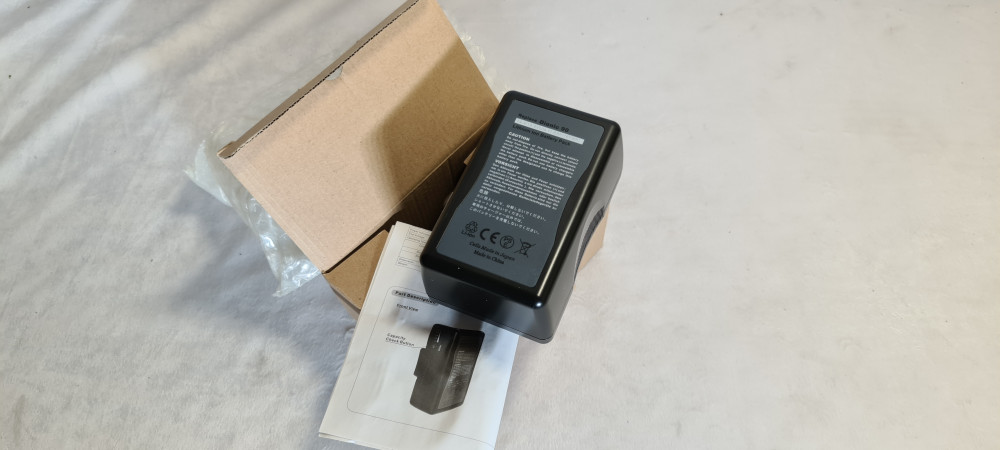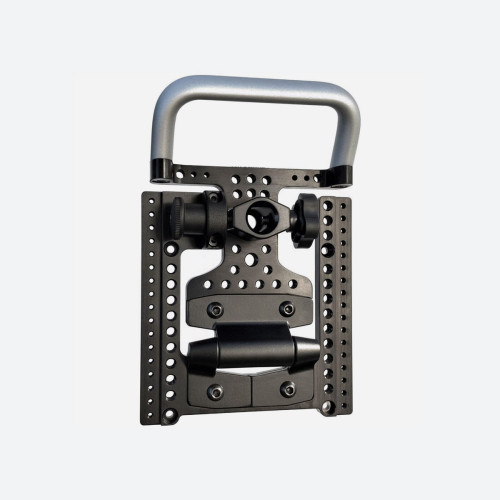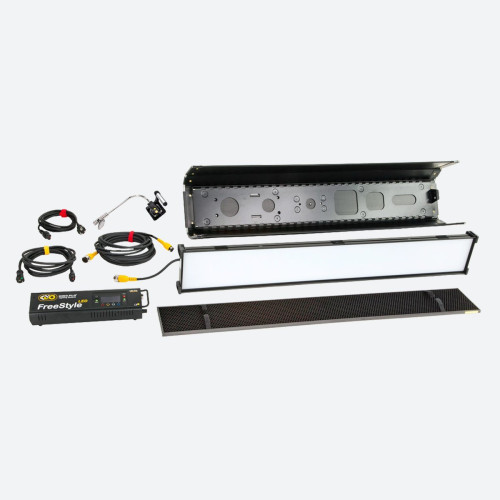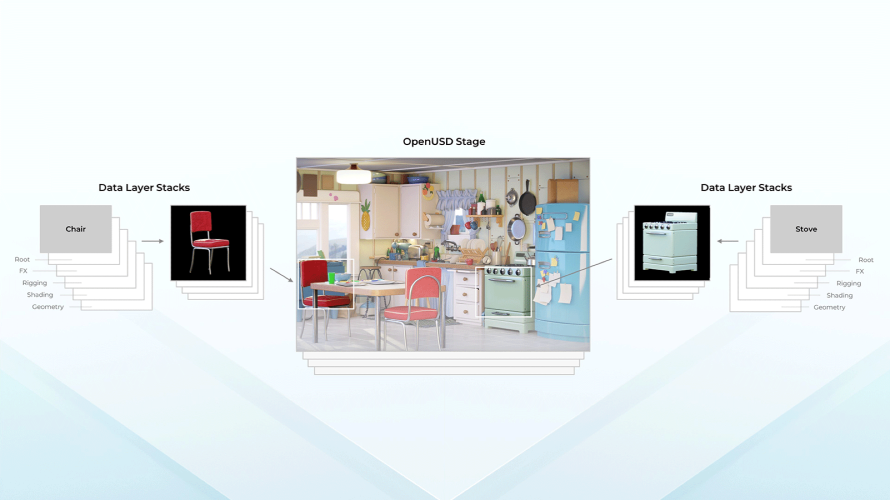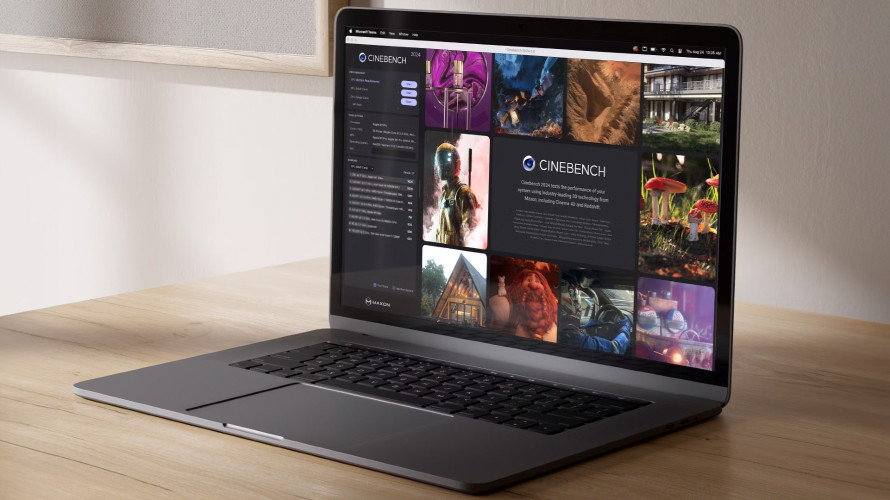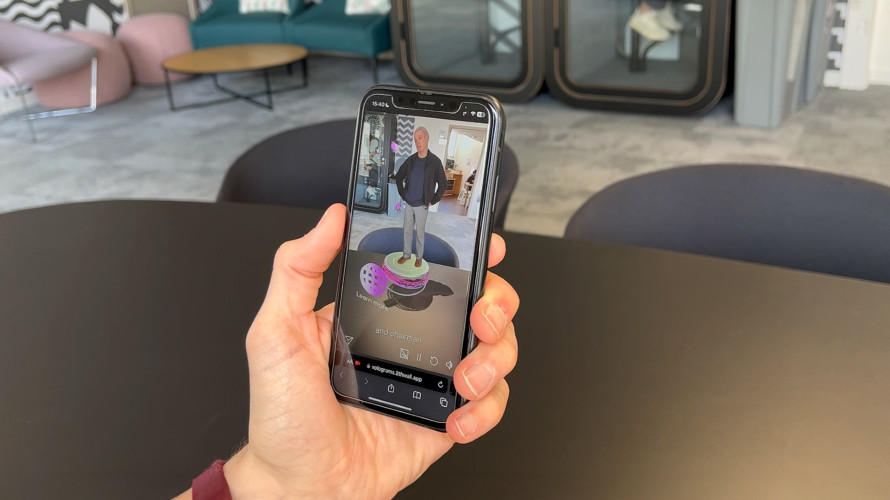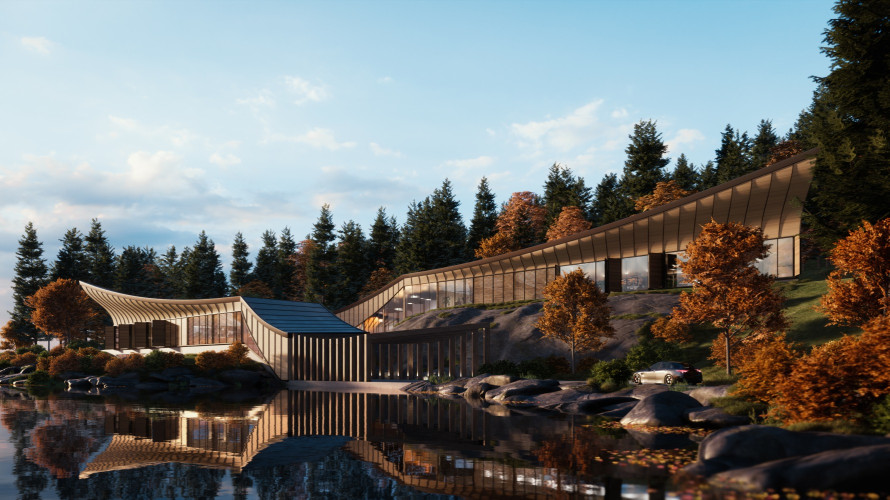More than meets the eye

Author: Bob Pank#
Published 1st October 2010
Synchronisation is not really a problem using two professional cameras. You just loop through your reference (black) to each and you are all done. In the old days, (well not that long ago), you had to worry about PAL SCH and accurate sync matching. Today, that complication does not matter because all digital inputs adjust for slight timing errors. However, if you want to shoot with semi-pro, domestic camcorders or DSLRs for reasons of economy or to get a compact rig, then it gets more difficult.
The problem is such semi-pro, domestic camcorders usually cannot be gen-locked though, apparently they is an unofficial locking mod being offered for some Canon DSLRs. The other option is just to use one camera as a reference and start and re-start the other repeatedly until the left / right outputs reasonably match. Within +/- 8mS or 20% of the frame period (in Europe) is possibly good enough. Checking the outputs’ sync can be done with hardware scopes or with software solutions. If the syncs are not matched thus, the 3D images will look fine until anything moves rapidly. Then one camera will be seeing completely different views of the moving objects (separated by the timing difference in the sync) to the other. The 3D illusion could be seriously compromised and the motion look staggered.
With low cost cameras recording to a disk or memory drive, compression will be used. Usually this is long GOP MPEG. Even will the cameras frame locked there is no guarantee about the GOP framing: they could be wildly apart. Just what this actual looks like is an area for experimentation. However, there is a solution to this conundrum: take an uncompressed live output into a specialised 3D recording device or direct into a computer/laptop with suitable software to capture the stereo. To do this HDMI is good because it is not compressed. HDV is not as because it uses long GOP MPEG but at least you would have captured 3D as a single file. Such software enabling the correction of such errors can be found in the form of the Hamlet VidScope-3D a suite of 3D enhancing displays improving the stereoscopic effect using files, standard capture cards or Firewire on a standard Windows PC without the need of specialist hardware. This issue of synchronization above being on the tip of the iceberg of problems and issues that need to be attended to.
Robin Palmer is Managing Director of Cel-Soft and is currently involved with software solutions for 3D & TV quality control and measurement technology.



